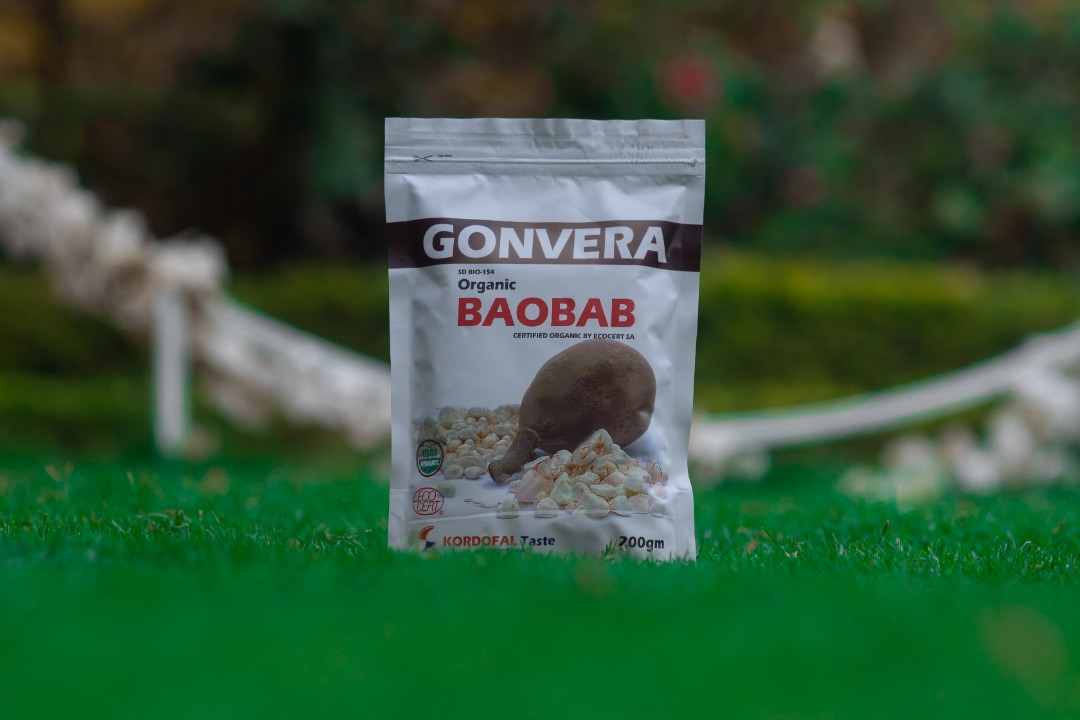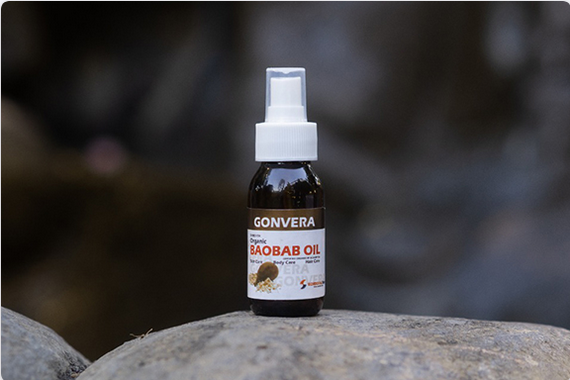Baobabs are long-lived deciduous small to large trees with broad trunks and compact crowns.Baobab tree, is called by some Africans the “tree of life” and “Pharmacy Tree”, its scientific name is Adansonia digitata. It is a huge tree that is used in areas where there are no water sources to store large amounts of water in its trunks, in the fall, to be used in the dry season. The baobab tree is considered a perennial tree, with an age of more than a thousand years sometimes, but it does not bear fruit until 100 years have passed since the beginning of germination. The baobab tree has multiple benefits, starting from its trunk, its leaves to its fruits.

Baobab Pulp
Baobab powder : Trade Name: GONVERA SD BIO-154 CERTIFIED ORGANIC BY ECOCERT SA GONVERA powder is a natural powder from the fruits of the baobab tree that does not contain any other additives. The baobab powder is extracted from the fruits of the baobab. It is a white powder that tastes sour and is palatable. It is used as a juice and sometimes in the form of sweets, and it is rich in many vitamins and various minerals.

Baobab Oil
Baobab oil “Africa’s Hidden Secret” Trade Name: Gonvera Oil SD BIO-154 CERTIFIED ORGANIC BY ECOCERT SA Baobab oil is one of the natural oils that have been widely used in the beauty world to care for both skin and hair, and due to the amazing benefits of baobab oil for the skin, it has become one of the most natural oils used in masks and skin care products. The oil is extracted from the pods of the baobab tree, cold-pressed. Baobab oil is a very useful treatment against skin wrinkles, as its properties effectively combat skin aging thanks to its high content of vitamin C, and then it becomes an important source of collagen to fight wrinkles and fine lines, and a strong contributor to enhancing skin elasticity. Clinical research shows that omega-3 fatty acids and other fats found in baobab oil have many benefits to the skin.
